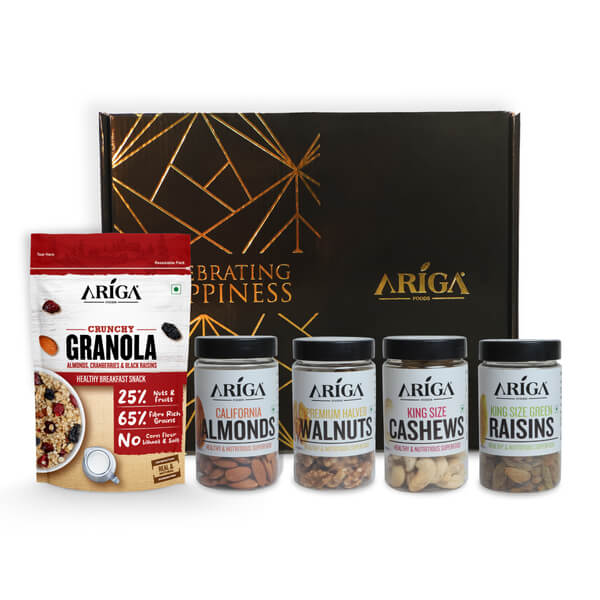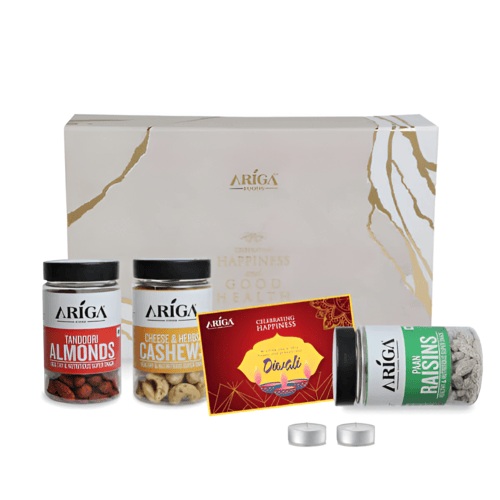
Spring Slim-Down: 50% Off Keto Diet-to-Go + Coaching
Get 50% off your first Keto Diet-to-Go order plus a free health coaching session with the Spring Slim-Down promo.










© 2024 Crivva - Business Promotion. All rights reserved.